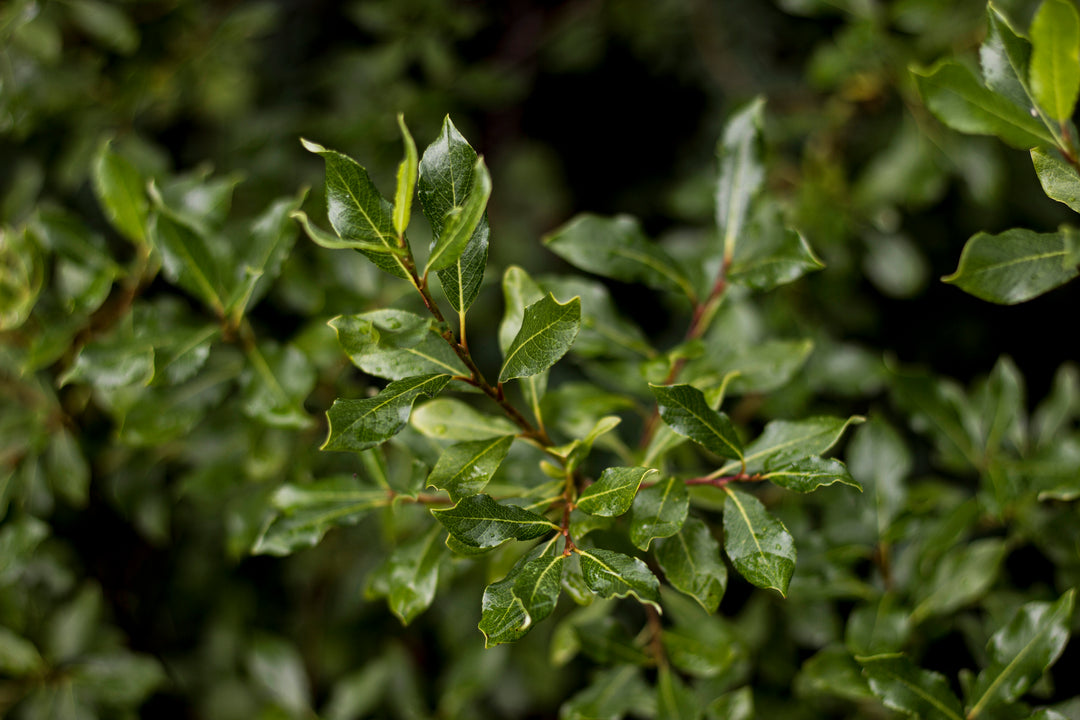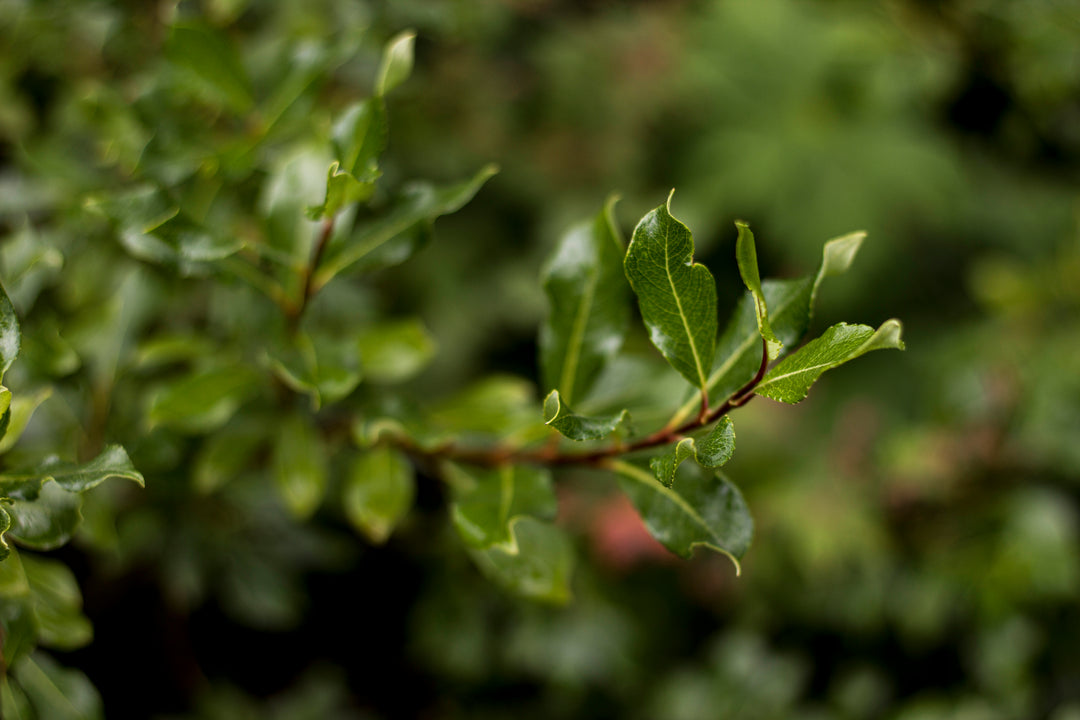Willow - Salix Phylicifolia

History
Salix phylicifolia, the tea-leaved willow, is a species of willow native to Northern Europe, including Iceland. It can also be found in the Faroe Islands, Scandinavia, Finland, Russia and Western Siberia. It was the first bush found on Surtsey, a new island off the south coast of Iceland, which was formed in a volcanic eruption in 1963.
Willow bark’s pain relieving potential has been recognised throughout history. It was commonly used during the time of Hippocrates, when people were advised to chew on the bark to relieve pain and fever. Willow bark contains salicin, which is similar to aspirin.
Studies
Willow bark contains high concentrations of salicin, which our bodies metabolise into salicylic acid. Willow is such a well known source of salicin and salicylic acid that it has given its Latin name, salix, to both substances.
When applied to skin, willow extract calms inflammation, reduces harmful bacteria, and cleans out and tightens pores.
These properties make it an excellent substance for gently but effectively dealing with breakouts or skin disorders like psoriasis or seborrhoeic dermatitis.


Effects
Salicylic acid even helps speed up your skin’s natural process of getting rid of dead cells and growing new ones instantly leading to healthier skin.
Besides its star component and namesake, willow bark extract also contains helpful antioxidants in the form of various phenols and bioflavanoids.
Origin
We harvest and pick our wild willow from untouched lowlands in the south of Iceland.

References:· W. Hale White. “Materia Media Pharmacy, Pharmacology, and Therapeutics.” Accessed on 11-03-2016.· Madan RK, Levitt J (April 2014). "A review of toxicity from topical salicylic acid preparations". J Am Acad Dermatol 70 (4): 788–92. Accessed on 11-03-2016· “Willow bark”. University of Maryland Medical Center. Accessed on 11-03-2016.
